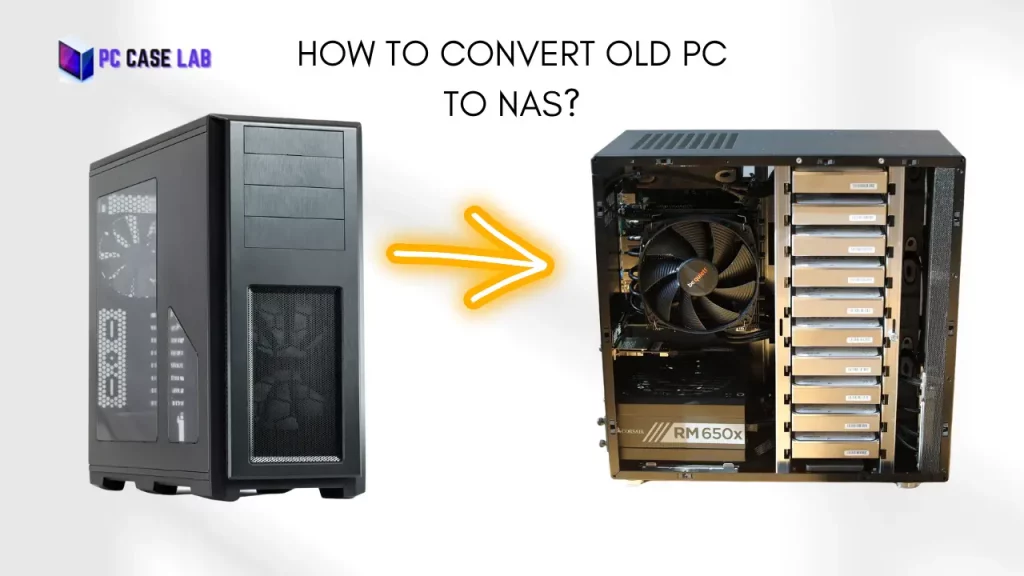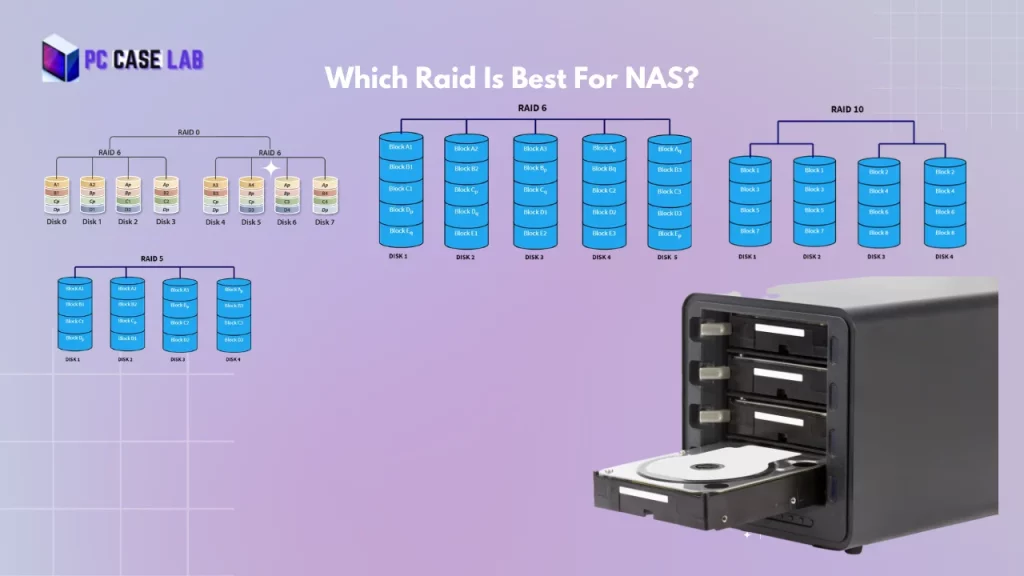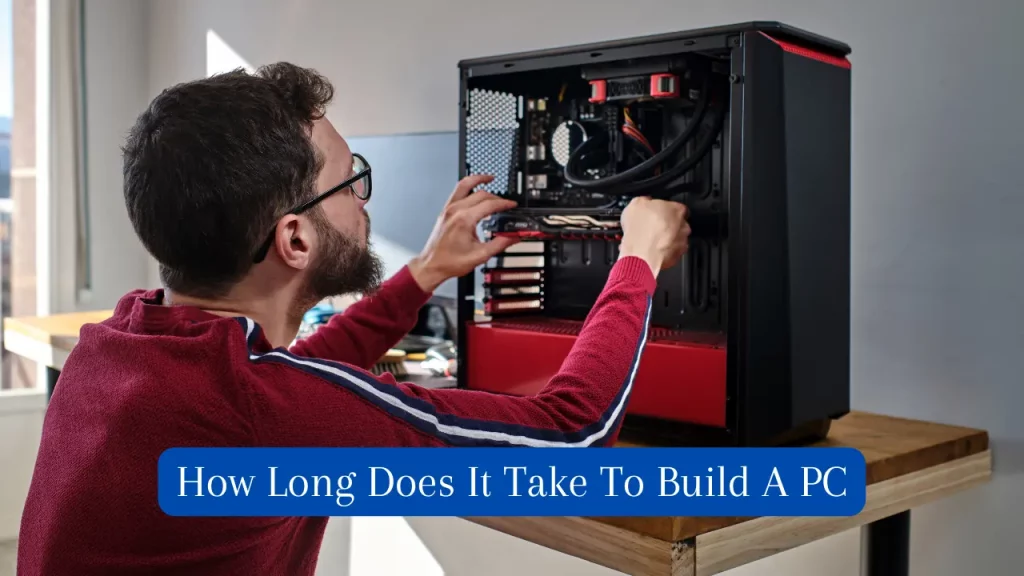When it comes to personal computers, the computer case is an essential part of the build. It houses all of your hardware, keeps everything safe and secure, and protects it from dust, dirt, and other elements. Many gaming PC cases come with fans pre-installed to help ensure effective cooling and reduce the risk of overheating.
A fan is a key element of your PC’s cooling system. It circulates air around the inside of the case, quickly dissipating heat and keeping components cool. If your components become too hot, they can start to malfunction or even burn out, so it’s important to make sure your computer case cooling is sufficient.
Do Pc Cases Come With Fans
Most mid- and full-size ATX cases come with a fan pre-installed. These will usually be a standard 120mm fan and will be mounted either at the rear of the case, or at the top or bottom, depending on the individual case design. They may also be located on the side of the case, known as side-mounted fans.
These fans usually come with a 3-pin or 4-pin connector, so you can connect them directly to the motherboard, or you can use a fan controller to give you more control over the fan’s speed and performance. Some high-performance computers cases also have built-in fan controllers, so you don’t need to install anything extra.
Most cases that come with pre-installed fans are designed to handle basic cooling needs, but if you’re planning on upgrading your system with more powerful components, you should also consider adding additional fans.
For example, you may want to add another fan at the rear of the case, or if you’re using a large graphics card, you may need to add a fan to the side panel of the case to keep it cool.
It’s also a good idea to opt for a case with dust filters. These will help to keep dust out of your case, which can build up over time and affect the performance of your system, as well as reduce the lifespan of your components.
When it comes to managing the fans in your PC case, there are various programs available to help monitor and control speeds. One such program is SpeedFan. While some PC have often basic fans that may require fine-tuning for optimal performance. SpeedFan allows you to monitor the temperatures inside your case and adjust fan speeds accordingly, helping to maintain optimal airflow and prevent overheating.
In summary, the majority of mid- and full-size ATX cases come with at least one pre-installed fan, but it’s a good idea to add additional fans to your system if you’re using high-end components or planning to overclock. Additionally, make sure you look for a computer case with dust filters to help keep your system cooling clean and running optimally.
How Many Fans Should A PC Have?

One of the most important components to consider is how many fans you will need. Your number of fans will depend on the size of your case, the type of components you have, your desired level of cooling performance, and other factors.
In general, a well-built computer PC should have at least one fan for the power supply, one for the CPU, one for the graphics card, and one for the case.
The fan should be large enough to keep the pc cool without having to run at a very high RPM. It is also important to make sure the fan has good airflow characteristics. For the CPU fan cooler and graphics card, you should use at least one fan each.
The number of fans you need for the case will depend on the size of the case and the airflow characteristics and ventilation of the case. If the case is poorly designed and the airflow is not adequate, you may need to install more fans.
So, how many fans should a PC have? The answer to this question depends on the size of your computer case, the type of components you have, and your desired level of cooling performance.
In general, you should use at least one fan for intake and one for exhaust. If you are using a large case and/or large components, you may need to use two or more fans to keep everything cool and to ensure proper airflow.
Do PC Cases Come With RGB Fans?
PC cases, the external housing which protects the computer’s inner components, now feature integrated RGB fans.
RGB fans come in a variety of shapes and sizes and offer PC gamers, enthusiasts, and everyday users a great way to enhance their PC builds with eye-catching lighting effects.
These versatile cooling fans come with a whole range of features, including addressable LEDs, variable speed control, increased airflow, and silent operation.
Addressable LEDs are individually programmable which allows users to customize their RGB lighting effects. Variable fan speed control ensures that the fan is set to the level of cooling efficiency that best suits their needs.
Many cases offer the option to purchase these fans separately if desired. However, there are some cases on the market that do come with integrated RGB fans included. These cases are often higher in price but may be the best choice for those looking to add a touch of custom flair to their PC build.
PC cases with RGB fans can be found in a variety of styles and sizes, so there’s sure to be one that fits your needs. Whether you’re looking for a powerful gaming rig, a workstation-style machine, or a home theatre computer, the right case with RGB fans can make all the difference. With the right lighting, you can make your computer look great while keeping its components cool and secure.
Do PC Cases Come With Cables?
Some mid-tower cases come with their own cables. These cables typically include 2 power, 2 USB, and 1 audio. In most cases, however, the included cables are of lower quality or may even be proprietary and not compatible with other components. If you’re looking for a more feature-rich case, you may want to consider a full tower or a case with a built-in power supply.
These cases often come with more comprehensive cable options. Full towers may have all the cables you need to set up your machine, such as SATA, power, and USB cables.
A case with a built-in power supply unit usually comes with all the necessary cables already attached. Some PSU are modular and additional cables can be attached if needed.
Additionally, most online stores that offer gaming PC cases also provide options for cable bundles.
In conclusion, the answer to the question “Do PC cases come with cables?” is yes, but it depends on the type of case you purchase. Check the description of your case carefully to get a better idea of what included cables you can expect. And if you need more cables, they’re always available to purchase separately.
Do Case Fans Come With Screws.
When you’re planning out a PC build, you will most likely need to install case fans in order to keep your components cool and running at optimal levels.
Once you’ve decided where to install your case fans and what type of fan you want to use, the next step is to determine whether the fans come with screws or if you will need to purchase them separately. When it comes to whether case fans come with screws, the answer is — it depends.
Some brands will include screws with their products, while others do not. It’s also important to note that not all screws are the same; fans are typically compatible with either M3 or M4 screws, so make sure to check this when purchasing your fan. If your fans do not come with screws, you can easily purchase them from your local hardware store or online.
The majority of screws used for installing case fans are the same, no matter the size or type, so you don’t need to worry about getting the wrong part. When buying screws, it’s important to make sure that they are the correct length; too short and they won’t adequately attach the fan to the case, while too long can cause damage to the components.
It’s also important to use the correct screws to ensure that the fan is securely fastened to the case. In conclusion, not all case fans come with screws, so before you start your PC build make sure to double check that you have the necessary parts.
If you don’t, you can easily buy the screws from either a local store or online. It’s also important to make sure that the screws are the correct length to ensure that the fan is securely fastened. With that in mind, you can rest assured that your computer is properly cooled and running at optimal temperatures.
Should I Put Fans Under My GPU?
When deciding on the best fan placement for your GPU, it is essential to consider airflow direction. In most cases, it is best to have the fan direction blowing air onto the GPU from the bottom of your case. This allows the air to get in between the heatsink and the GPU, ensuring maximum cooling.
Alternatively, if you have an open air CPU cooler, you may want to consider having the fan suck air out of the top of the card. This will help to draw out hot air and reduce the temperatures of your GPU. While it’s important to keep your GPU cool, it is also important to consider the noise levels of your cooling system.
When selecting fans for your GPU, always look for models that are designed to be as quiet as possible. You want your system cooling to be effective, but you don’t want it to be distracting or irritating.
Overall, it is a good idea to put fans under your GPU. This will help to keep your system running cool and efficient, allowing you to get the most from your components. However, it is important to consider the size, strength, and noise levels of the fans you choose in order to maximize cooling performance while keeping your system as quiet as possible.
What Are The Benefits Of Using A Fan In Your PC Case?
What Are The Benefits Of Using A Fan In Your PC Case? The use of a fan within a computer case is one of the most important aspects of keeping your PC running at its optimal performance.
As the fan circulates air, it helps to draw out heat from the components to prevent overheating. This means that your components can operate at the optimal temperature and so will run more efficiently.
Using a fan in your PC case for airflow is a great way to improve the performance and lifespan of your components. It can also reduce noise levels, help you to keep your system cooler, and make your PC look more attractive. For this reason, it is highly recommended that you install a fan in your PC case.
The most obvious reason for good case ventilation is to keep the components inside the case cool. If the components in your PC get too hot, it can lead to a variety of problems, such as decreased performance, stability issues, and even hardware failure. Proper ventilation helps to keep the air flowing through the case, which can help to dissipate heat from the components.
Overheating can also shorten the lifespan of your components. By keeping your components cool, you can help to extend their lifespan and get more use out of them.
I am a PC enthusiast with a passion for gaming and all things tech. With years of experience building and customizing PCs, I have become a go-to source for PC case reviews and gaming insights. I am dedicated to researching and writing about the latest trends and developments in the PC gaming industry, with a particular focus on PC cases. From budget-friendly options to high-end builds, I have the expertise to guide you through the process of selecting the perfect case for your needs. Whether you’re a beginner or a seasoned pro, my in-depth reviews and practical tips will help you make an informed decision.




